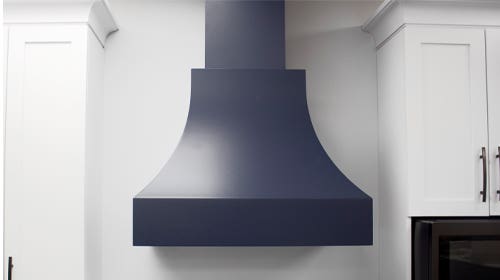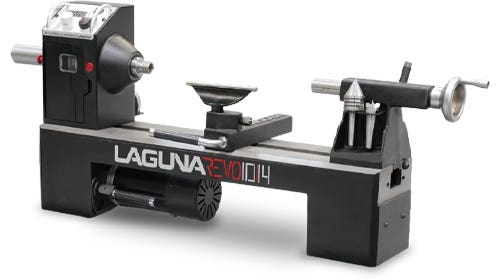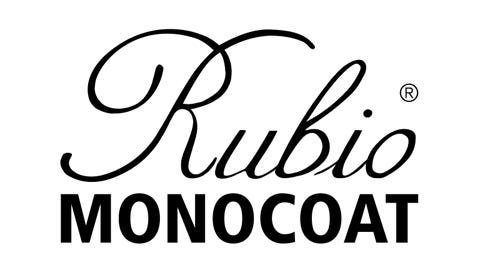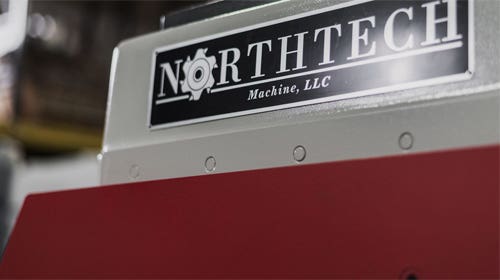Demand catching up with red oak supply
Limited logging and mill shutdowns could impact fall and winter supplies and dry up what was once a market surplus {loadposition position10} For several years, there has been a glut…
Limited logging and mill shutdowns could impact fall and winter supplies and dry up what was once a market surplus
{loadposition position10}
For several years, there has been a glut of red oak on the market, but supply and demand are finally beginning to even out. Due to decreased logging and mills shutting down for extended periods or closing, supplies have decreased to a more realistic level.
"As we go into fall, the concern is going to be availability of certain items," says Jeff Schucker of Bailey Wood Products, a wholesale and retail supplier in Kempton, Pa. "I think the longer lengths in red oak are going to be tougher to find just because the loggers aren't cutting. I think random lengths and random widths will still be available, but if you are looking for width sort, that is going to be tougher to come by.
"Sales are up a little, but nothing significant. Actually, we are moving a mix of everything and, from the wholesalers I have been talking to, they have been echoing the same thing. One in particular mentioned he had been moving a little more red oak, but they do a width-sorted product a little more intensively than some of the other guys do. I'm not moving much in the lower grade. Primarily, what we have is FAS stock."
Northern red oak (Quercus rubra), also known as eastern oak, is plentiful and grows in the eastern half of the United States and Canada. Trees are smaller than white oak (Quercus alba), reaching heights up to 70' with tree diameters around 3', depending on growing conditions. The tree's fruit is an acorn and mature trees can produce up to 1,000 acorns a year. Mysteriously, in 2008, oak trees failed to produce many acorns east of the Mississippi River. However, this year acorns began reappearing in abundance during August and September.
"Our sales are pretty consistent," says Steve Wall, owner of Wall Lumber Co., in Mayodan, N.C. "I haven't seen a big upturn at the moment. There's been a slight uptick on the pricing and maybe that is an indication that it is moving somewhat. I was just talking with a logger and I was surprised with what he was getting for poplar and oak logs compared to what the finish lumber is bringing on the market. I was really shocked that they were getting that much for the logs."
Red oak is used primarily for cabinetry, interior trim, furniture, decorative veneer and plywood. Lower grades of red oak are used extensively for flooring because of its high crushing strength and shock resistance. It is a good steam-bending wood, and once red oak's open pores are filled, it sands to a clean surface and takes finish applications very well. The wood works fine with hand and machine tools, although when planing it may chip when the grain curves toward the edge. Red oak is heavy (specific gravity of .60) and pre-boring is recommended.
"I've had good sales of red oak," adds Hal Moore of Adirondack Hardwoods in Saranac, N.Y. "Our customers use it for straight lumber or millwork. We're finishing up 17 doors out of red oak. Sales are improving and prices are low."
Red oak's heartwood is pink with a reddish tinge, and the color can vary depending on climate and soil. The sapwood is white. Red oak has a medium-to-coarse texture and is straight-grained. The wood produces prominent rays when quartersawn, so flat-sawn and quartersawn stock should be separated and not used for the same project. Red oak's figure is generally not as attractive as white oak.
Retail prices for 100 bf of kiln-dried, 4/4 FAS red oak, surfaced on two sides, ranged from $2.90 to $3.50/bf in the Northeast; $2.75 to $3.50/bf in the South; $2.95 to $3.25/bf in the Midwest; and $3.40 to $4.10/bf in the West.
Wholesale prices for 1,000 bf of kiln-dried 4/4 FAS red oak ranged from $2,700 to $3,100/mbf in the Northeast; $2,400 to $3,150/mbf in the Southeast; $2,700 to $3,100/mbf in the Midwest; and $3,200 to $3,600/mbf in the West.
This article originally appeared in the November 2009 issue.







